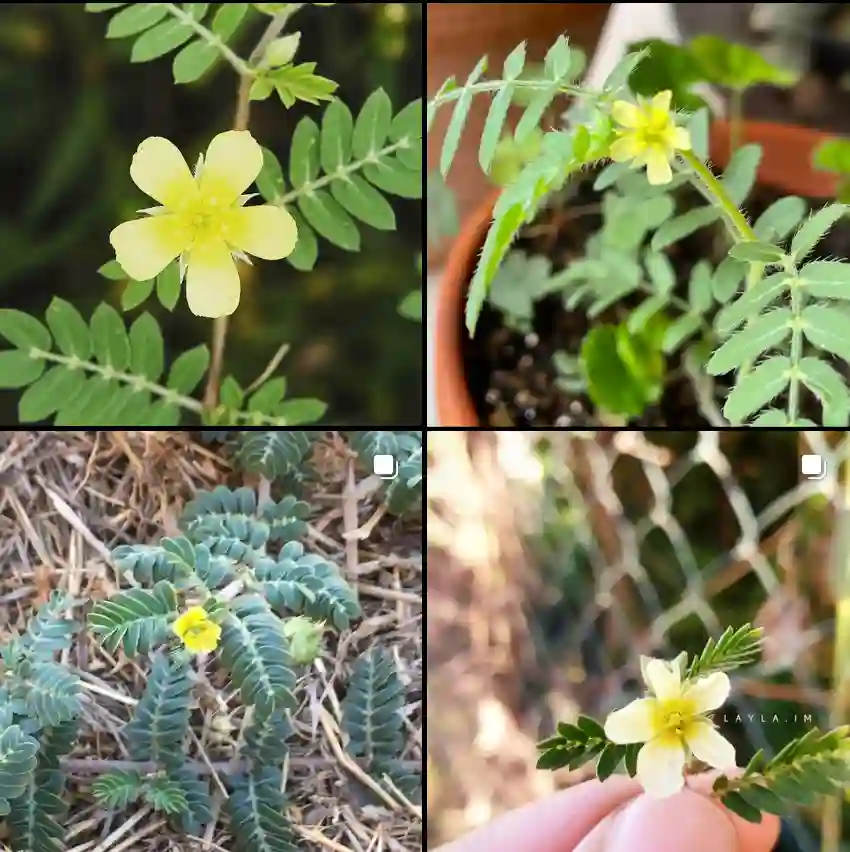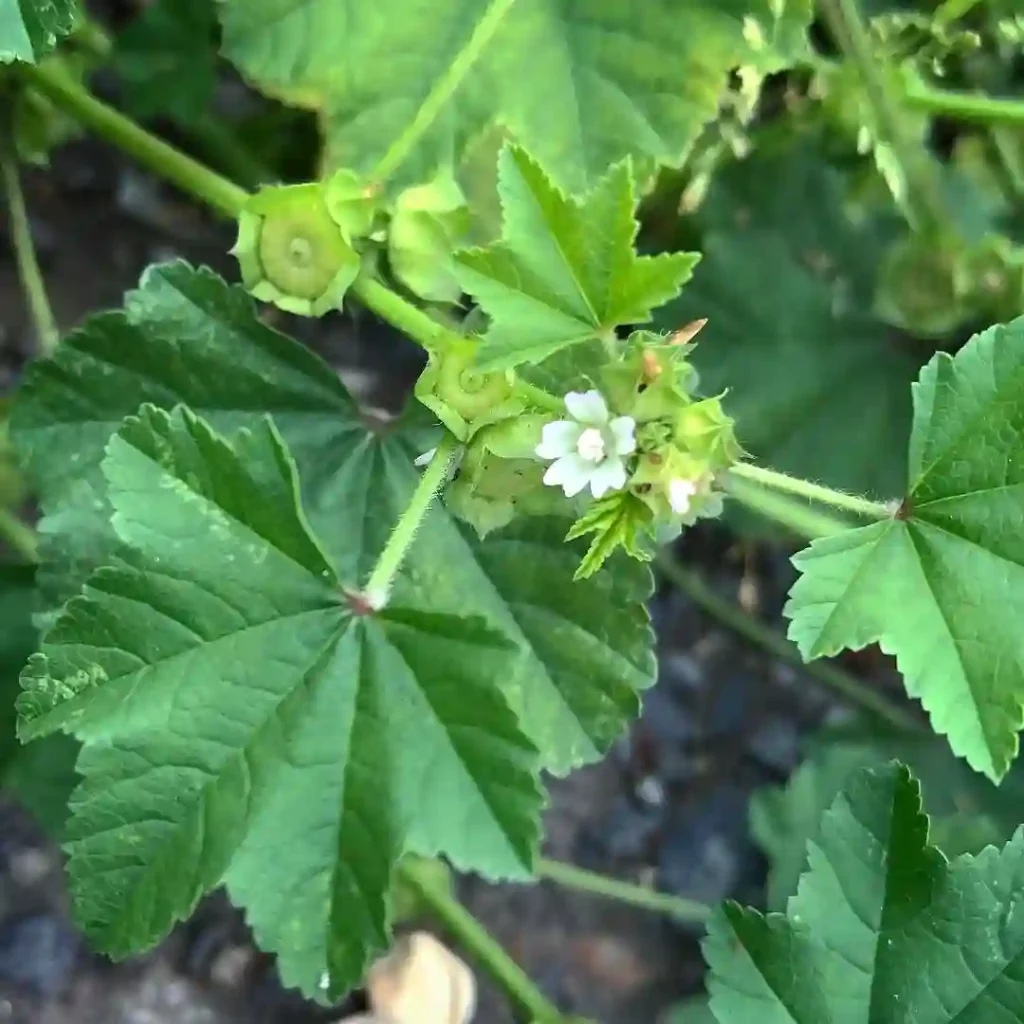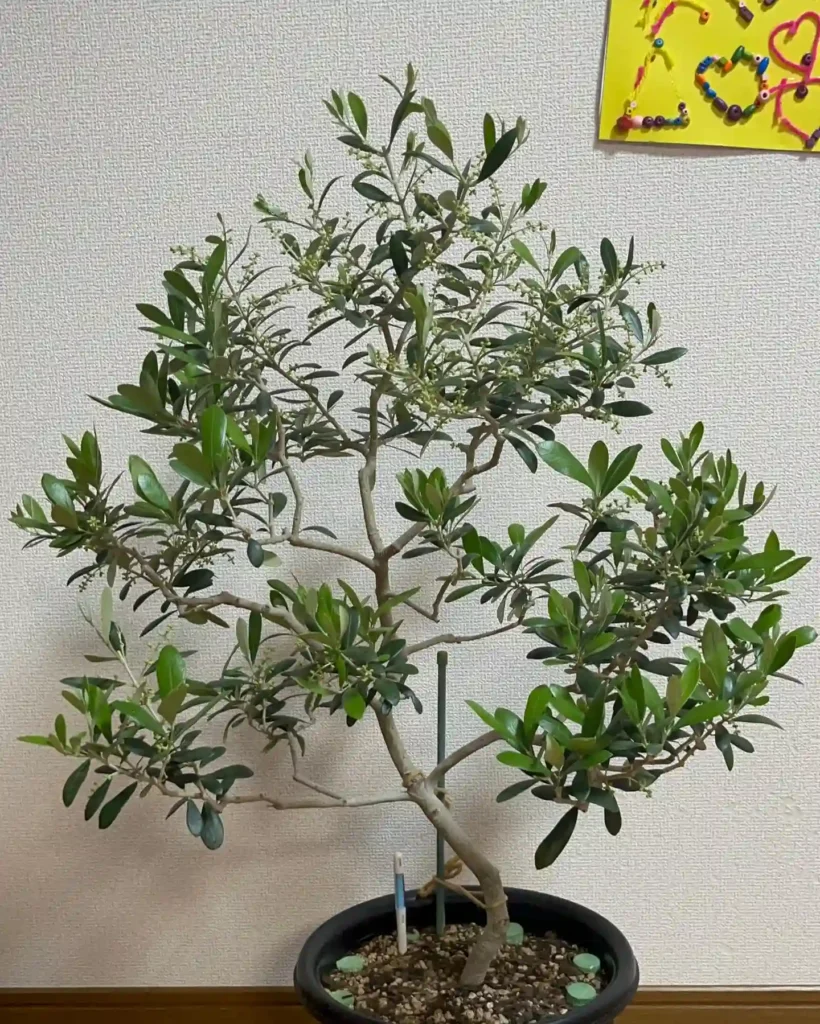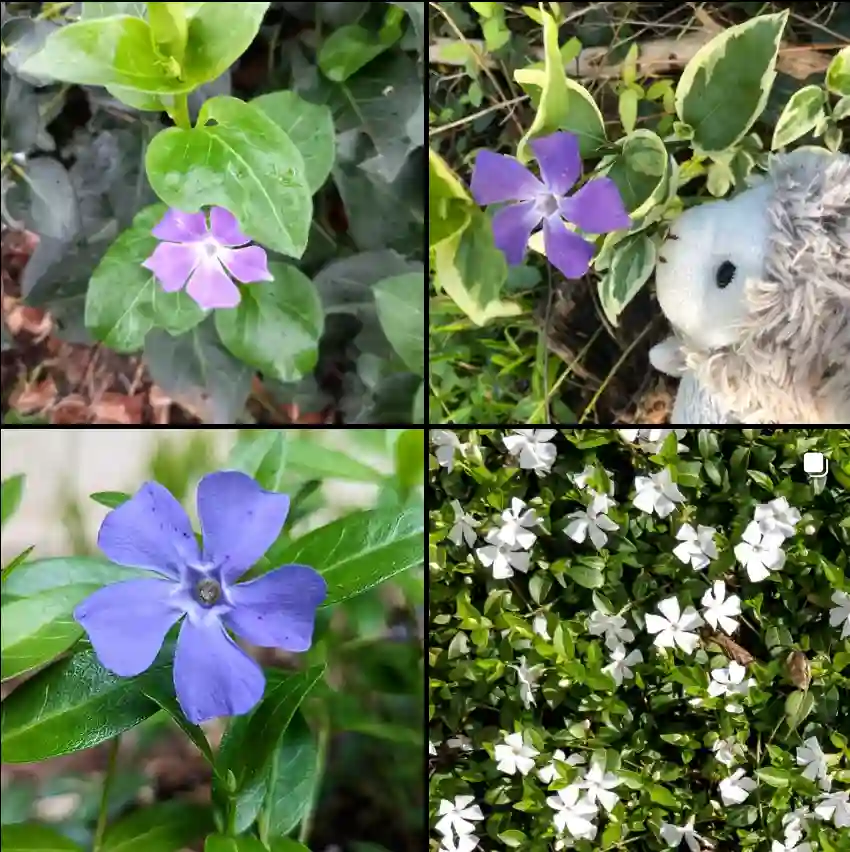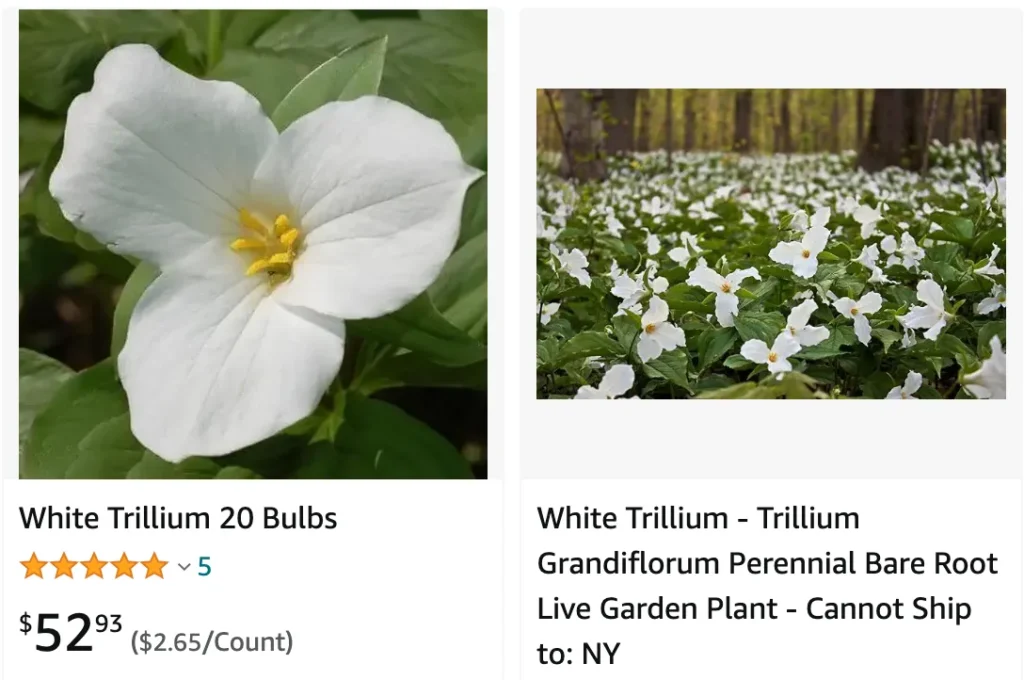
A Delicate Dance: Unveiling the Secrets of the Trillium Ovatum
The first blush of spring whispers through the Pacific Northwest forests. Sunlight filters delicately through the canopy, dappling the damp earth. Amidst the awakening ferns and mosses, a shy beauty emerges – the Trillium Ovatum, a flower of understated elegance.
For years, I’ve been captivated by this ephemeral wildflower. Its pristine white petals, unfurling from a whorl of three broad, emerald leaves, hold a quiet magic. But beyond the initial allure, lies a world of fascinating adaptations and ecological relationships.
This article delves into the secrets of the Trillium Ovatum, exploring its delicate dance with pollinators, its preferred habitat, and the best practices for cultivating this gem in your own garden.
54 Species in Genus Trillium
What Pollinates Trillium Ovatum?
Unlike its flamboyant cousins, the Trillium Ovatum doesn’t boast vibrant colors or a heady fragrance. So how does it attract pollinators in the dimly lit forest floor? The answer lies in a subtle, yet strategic, display.
The flower’s white petals reflect ultraviolet light, a beacon only visible to insects like bees and flies. Additionally, the flower emits a faint, sweet scent, barely perceptible to humans but alluring to these tiny visitors.
The Trillium Ovatum’s dance with its pollinators is a delicate one. The flower offers a small reward – a sugary nectar hidden deep within the bloom. To reach this prize, the pollinator must navigate through the three narrow petals, brushing past the flower’s reproductive organs and picking up pollen in the process. This pollen is then carried to another Trillium Ovatum, ensuring successful reproduction.
Where Does the Trillium Ovatum Thrive?
The Trillium Ovatum is a native of the Pacific Northwest, gracing forests from California to British Columbia. It prefers the cool, moist environment of woodlands with dappled sunlight. Its delicate nature is perfectly suited to the life beneath the towering conifers.
The forest floor provides the ideal conditions for the Trillium Ovatum to flourish. The rich, humus-laden soil offers essential nutrients, while the decaying leaves create a moist microclimate that the plant thrives in.
This flower isn’t just beautiful; it plays a vital role in the forest ecosystem. The Trillium Ovatum serves as a food source for pollinators in the early spring, a time when resources are scarce. Additionally, its presence indicates a healthy forest with undisturbed soil and a balanced microbial community.
How to Care for Trillium Ovatum?
The Trillium Ovatum’s ethereal beauty can be enjoyed beyond the confines of the forest. With careful consideration, you can cultivate this woodland wonder in your own shade garden.
Here are some key things to remember when caring for Trillium Ovatum:
- Location: Mimic the forest environment. Choose a spot with dappled shade and moist, well-drained soil rich in organic matter.
- Planting: Plant the rhizomes (underground stems) in the fall or early spring, ensuring the crown is slightly above the soil surface.
- Watering: Water regularly during dry periods, especially during the first year of establishment. Aim for consistent moisture but avoid waterlogging.
- Mulching: Apply a layer of organic mulch around the base of the plant to retain moisture, suppress weeds, and regulate soil temperature.
- Fertilization: Avoid over-fertilizing. A light application of compost in the spring is sufficient.
How to Propagate Trillium Ovatum?
Propagating Trillium Ovatum requires patience and respect for its slow-growing nature. Dividing established clumps is the most common method, but success rates are typically low.
Here’s a brief overview of the process:
- Division: Carefully unearth established clumps in the fall when the plant is dormant. Divide the rhizomes with a sharp, sterilized knife, ensuring each section has at least one bud. Replant the divisions immediately in prepared locations.
- Seed Propagation: Seed propagation is an even more challenging method, requiring specific cold stratification techniques and several years for the seedlings to mature.
What to Plant with Trillium Ovatum?
To create a harmonious and flourishing shade garden, consider companion plants that complement the Trillium Ovatum’s needs and aesthetics. Here are some suggestions:
- Ferns: Ferns, like maidenhair fern or sword fern, add textural interest and thrive in similar moist, shady conditions.
- Foamflowers: Foamflowers with their delicate white or pink blooms create a beautiful contrast with the Trillium Ovatum.
- Heuchera: Heuchera, also known as coral bells, offer colorful foliage that adds vibrancy to the shade garden. Opt for varieties with interesting leaf colors like burgundy or chartreuse to create a dynamic display. Remember to choose companion plants with moderate water needs that won’t compete with the Trillium Ovatum for moisture and nutrients.
By incorporating these tips and fostering a suitable environment, you can cultivate a haven for the Trillium Ovatum in your own backyard. Witnessing its delicate dance with pollinators and enjoying its ephemeral beauty throughout the spring season will be a truly rewarding experience.
If i die, water my plants!
